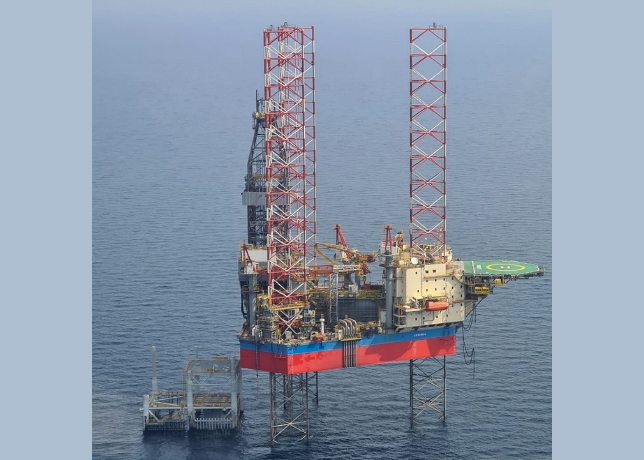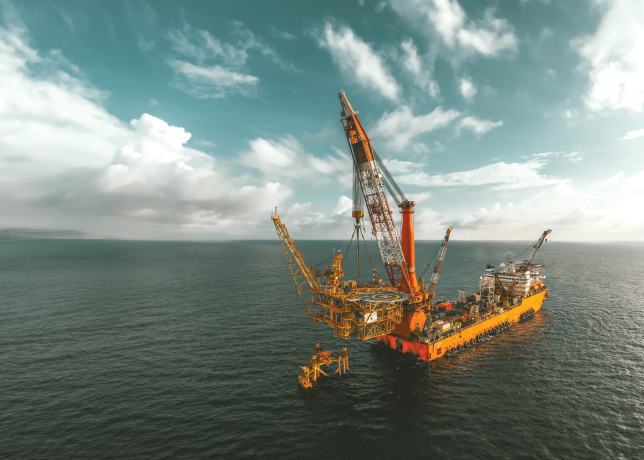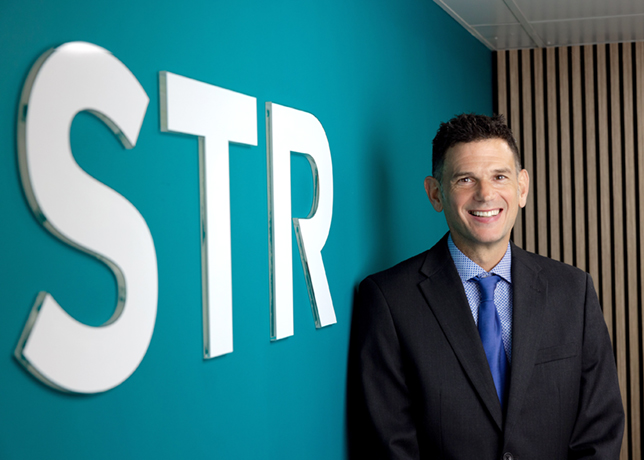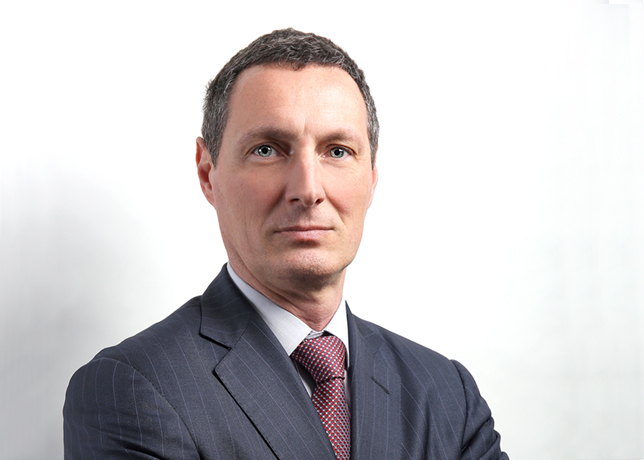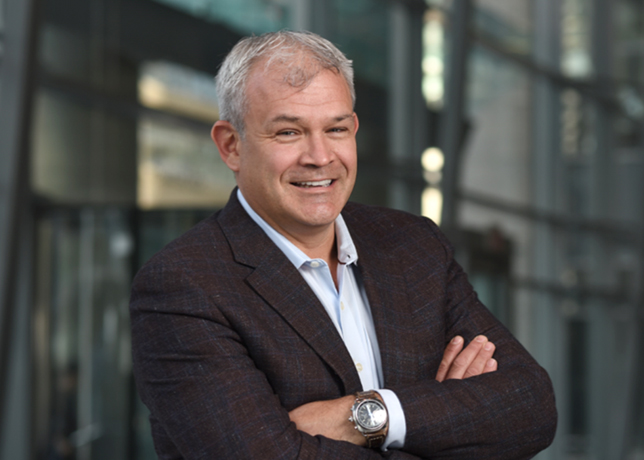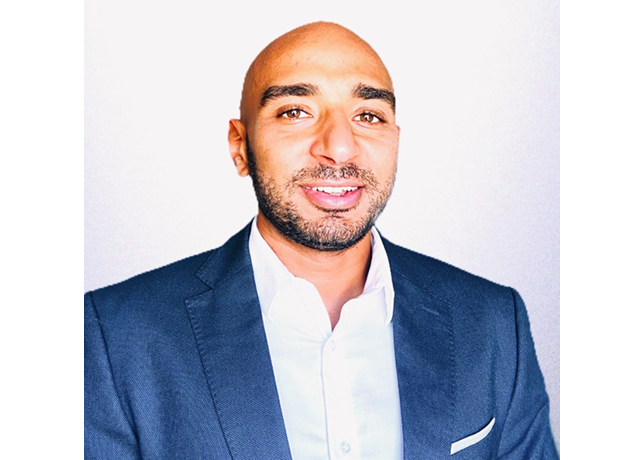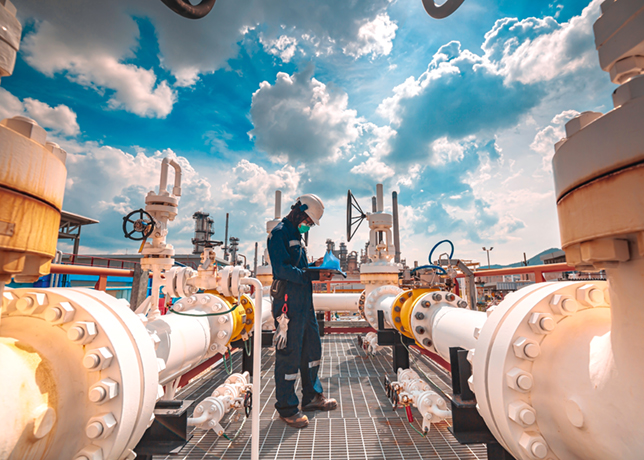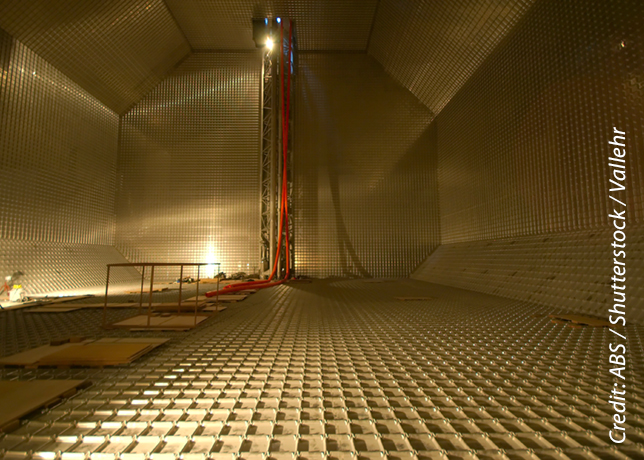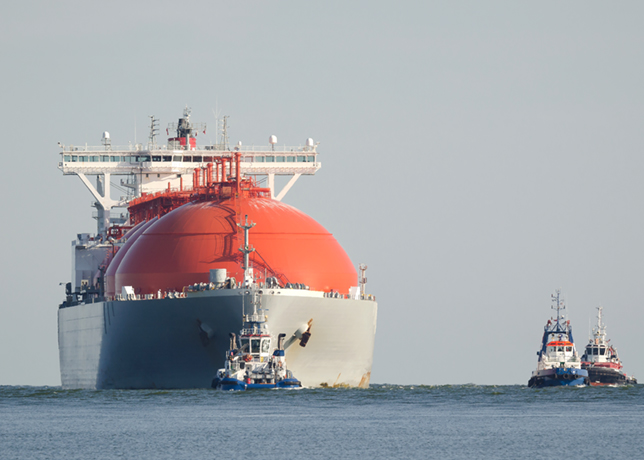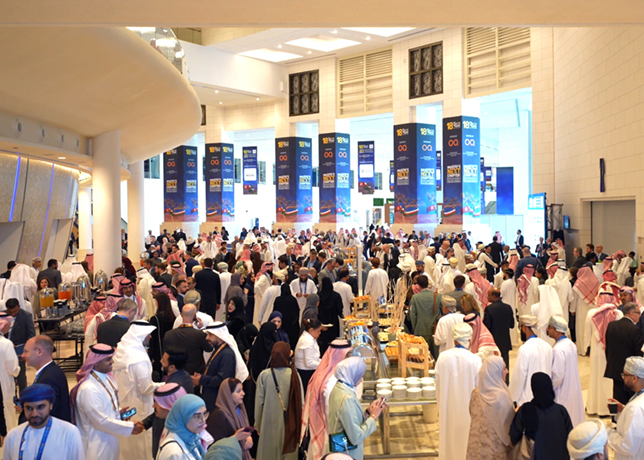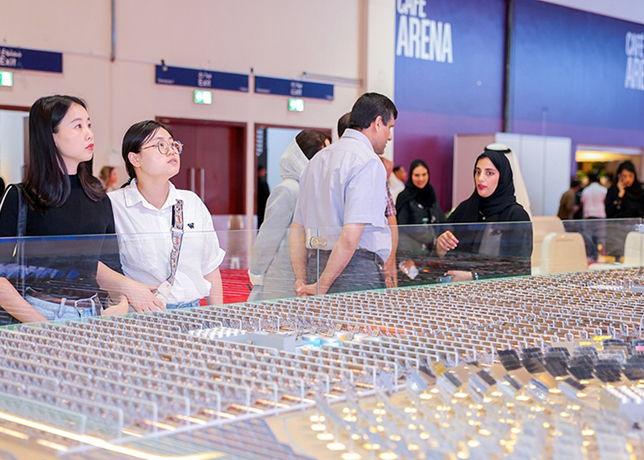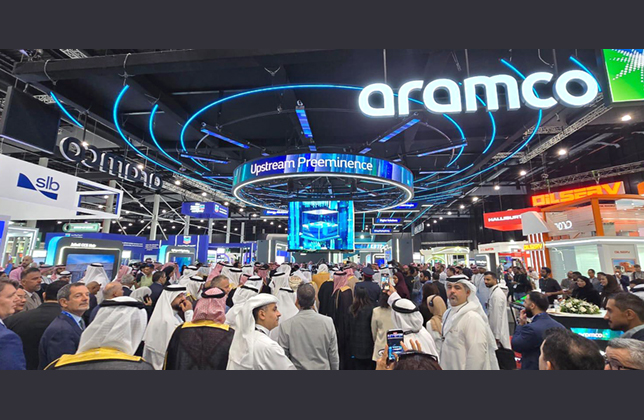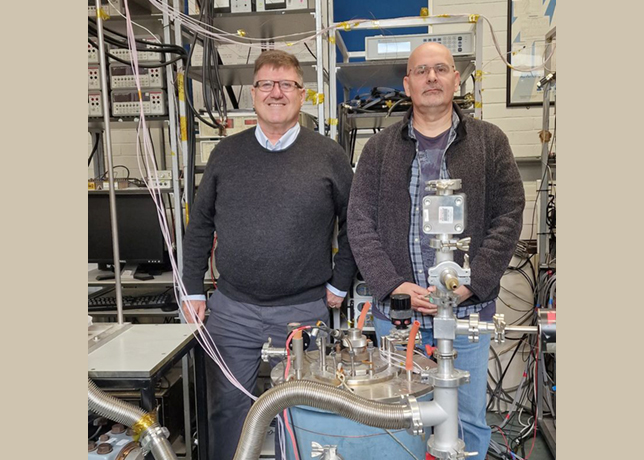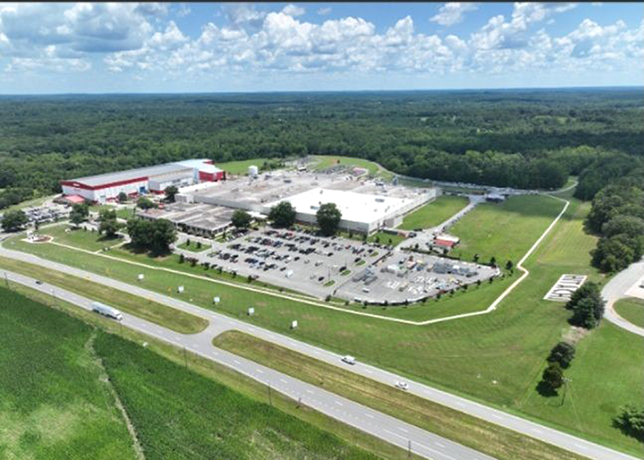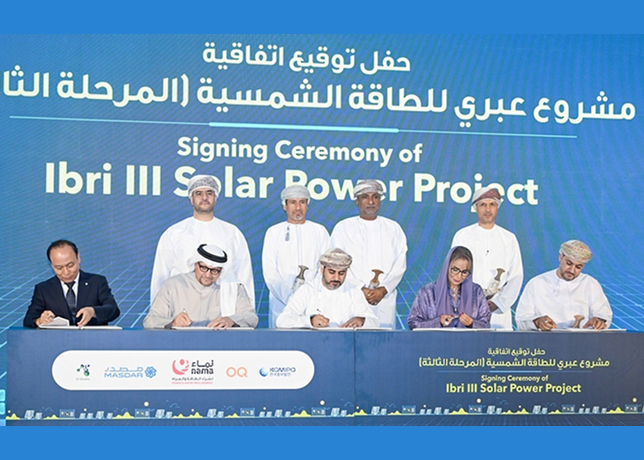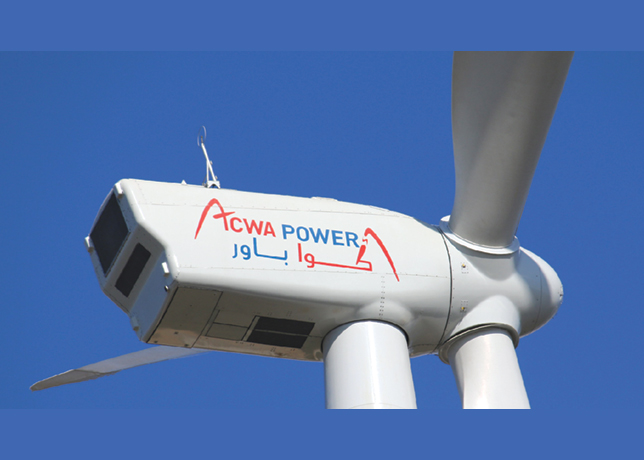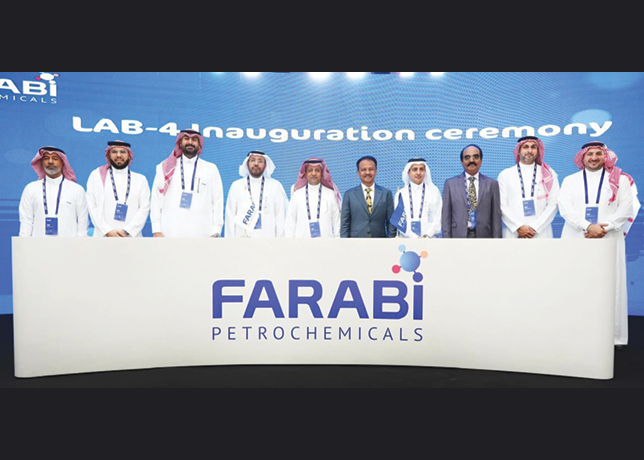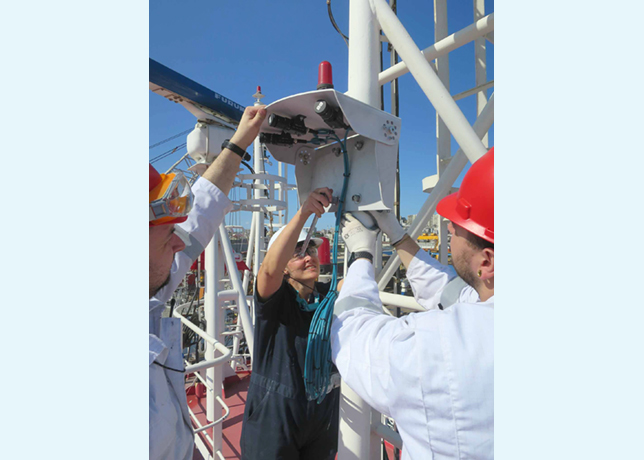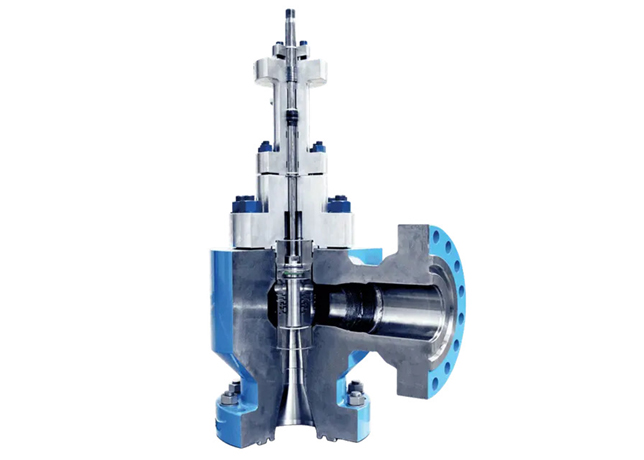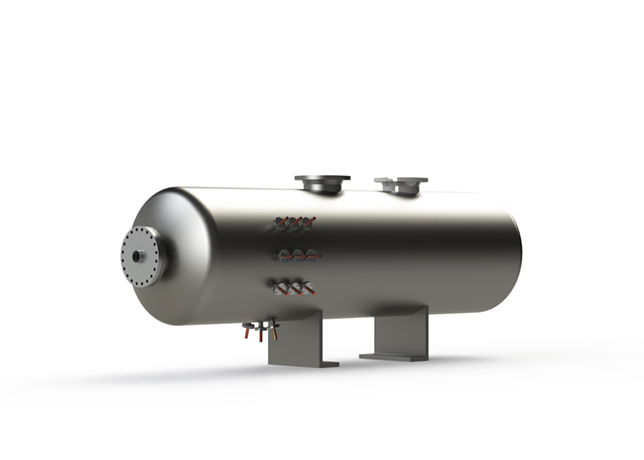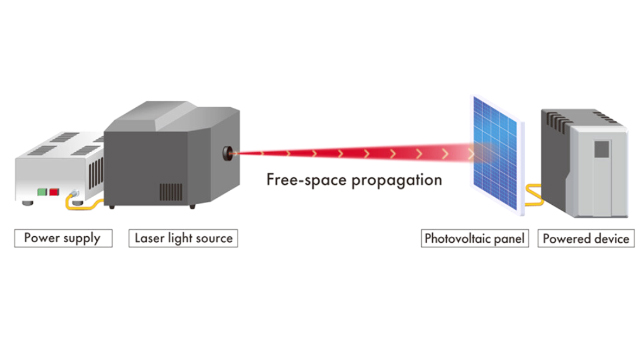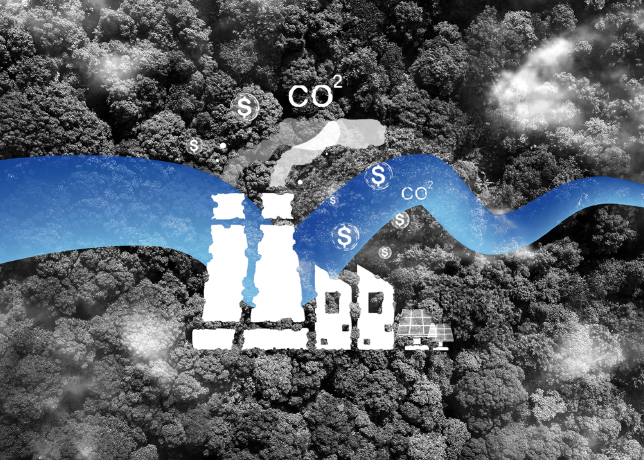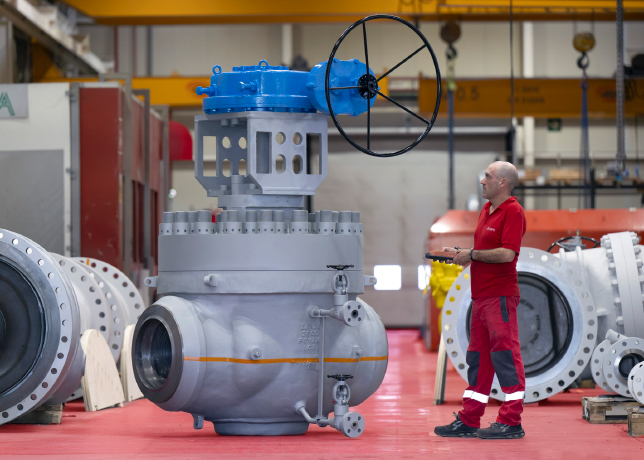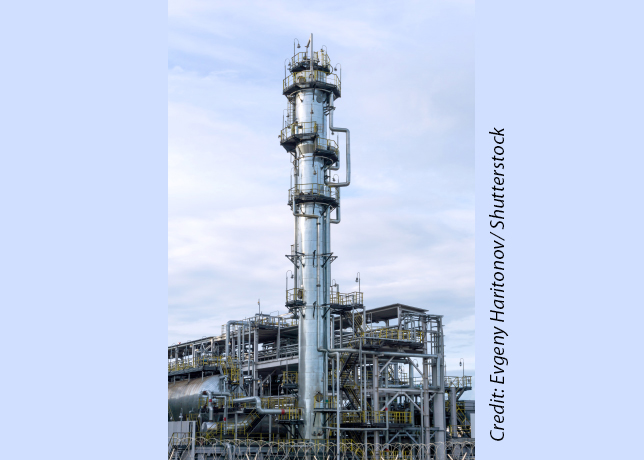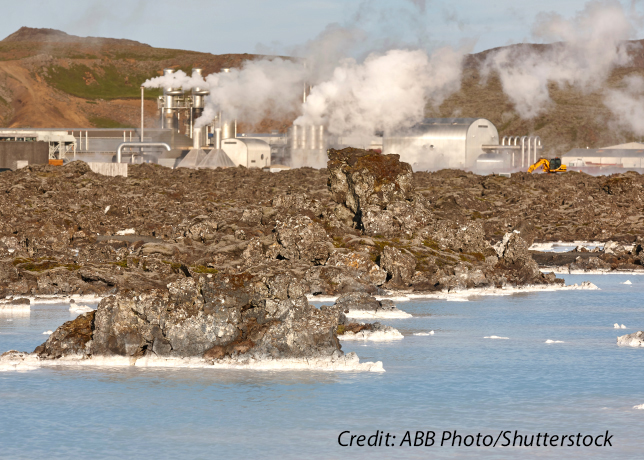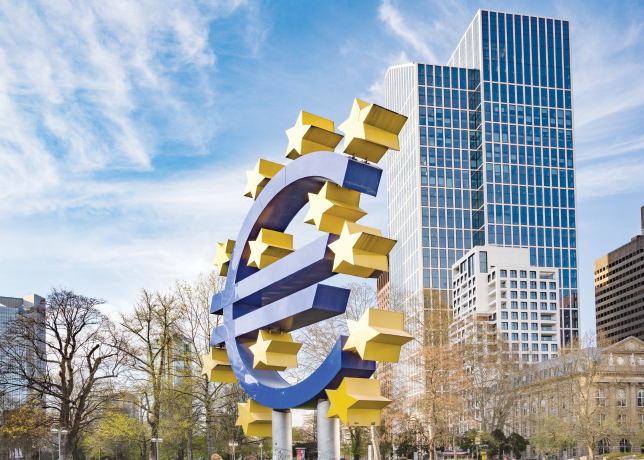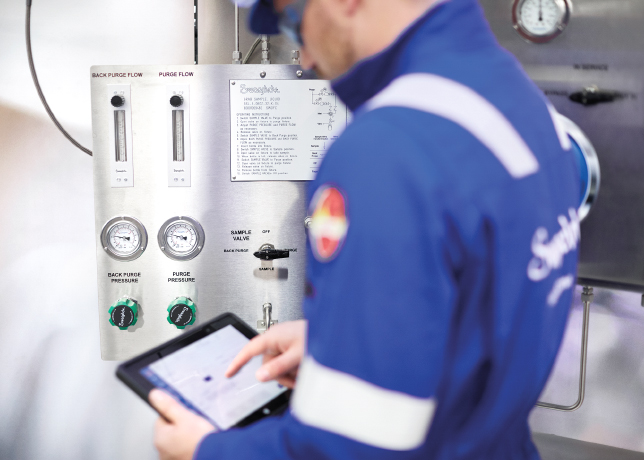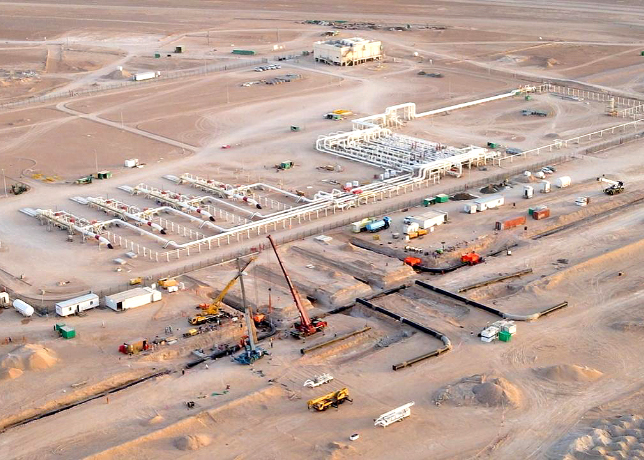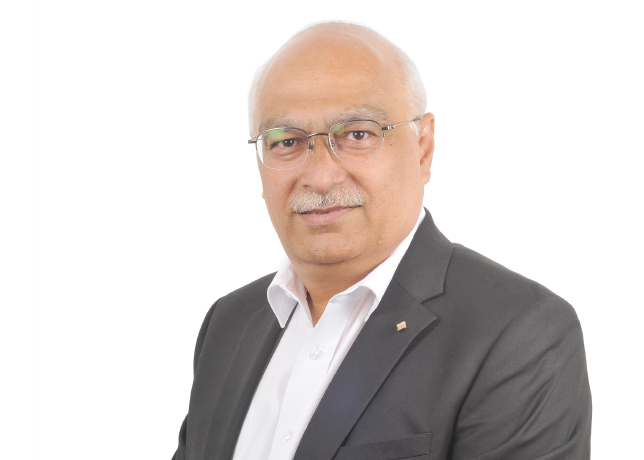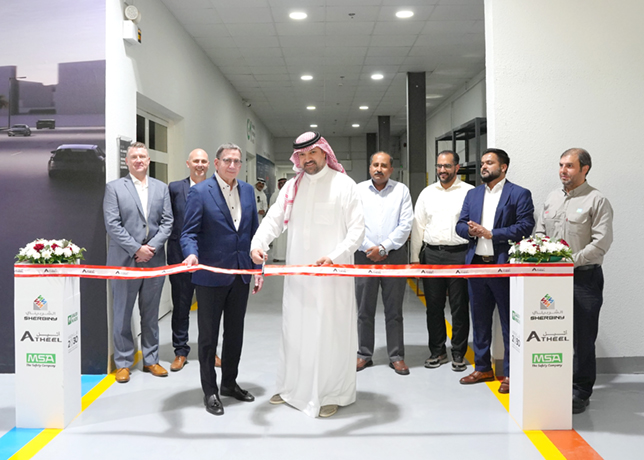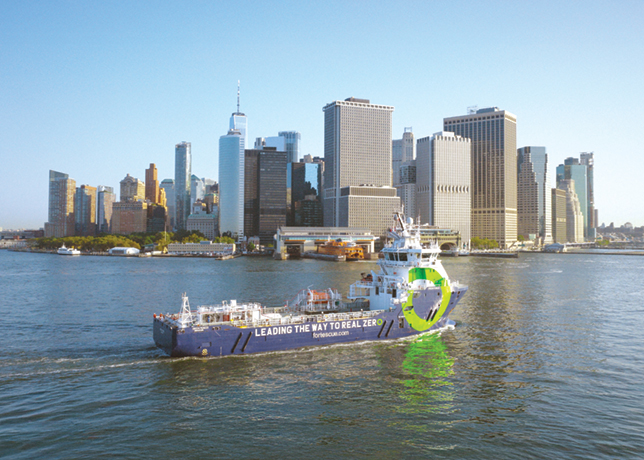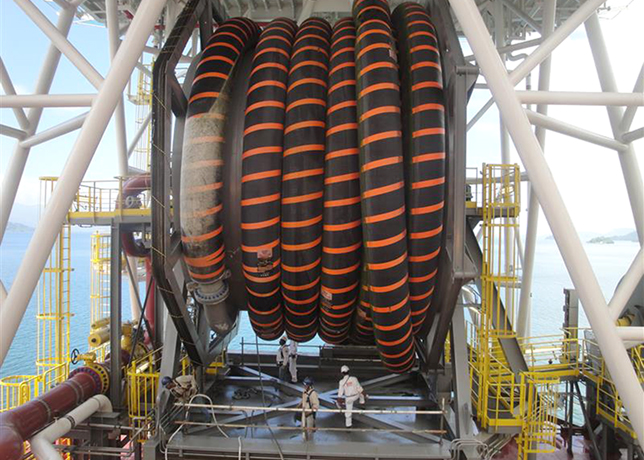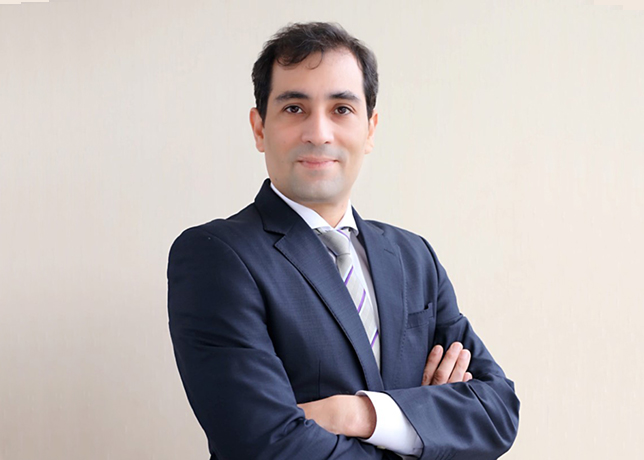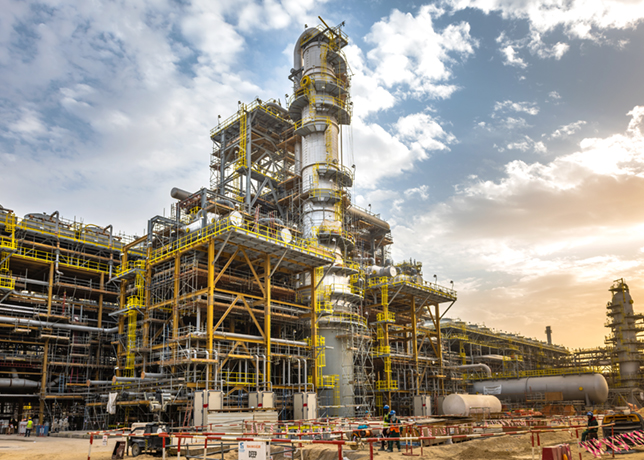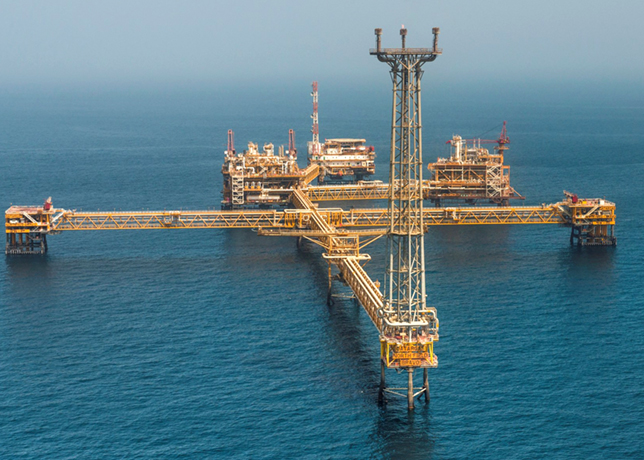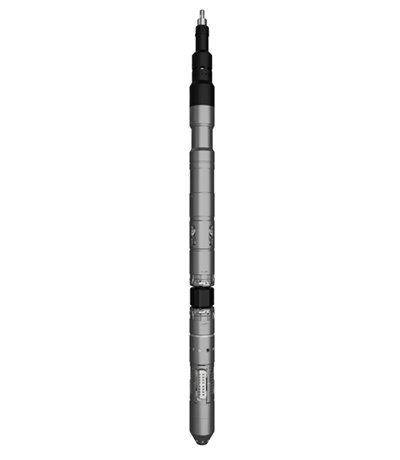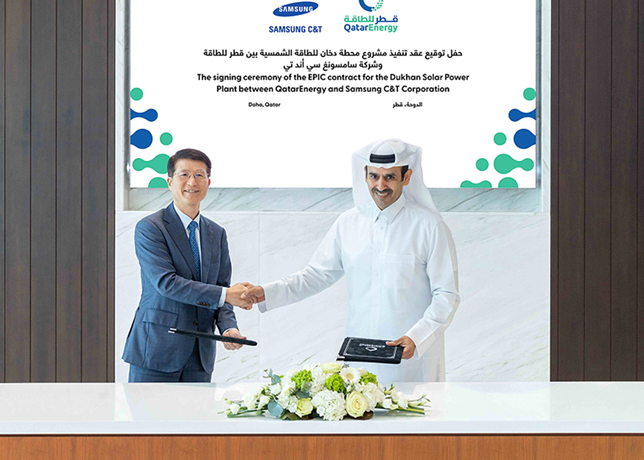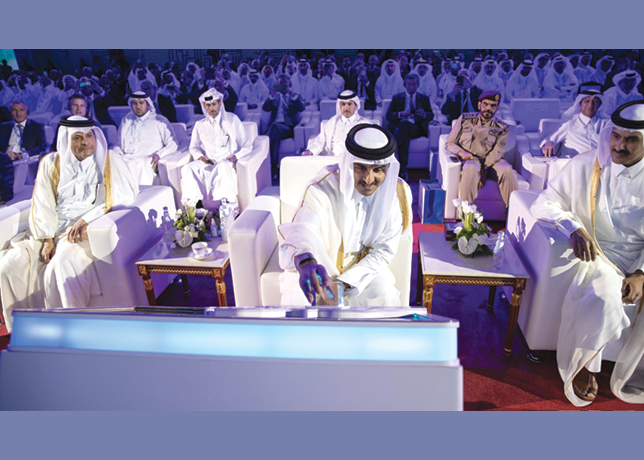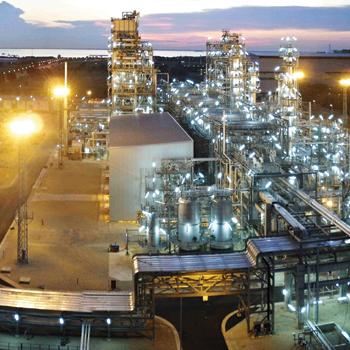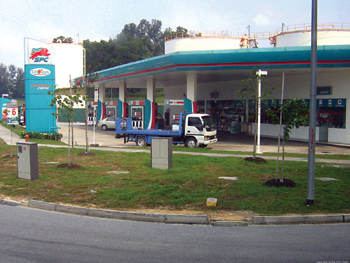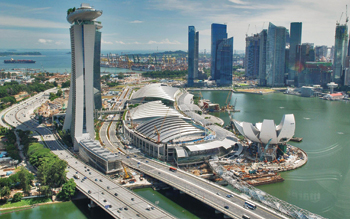
 Singapore ... Asia’s oil and gas hub
Singapore ... Asia’s oil and gas hub
THE chemicals, oil and gas sector is a pillar of Singapore’s economy and the Economic Development Board has been nurturing it to make sure it remains strong with bright employment prospects for people here.
The demand for energy – particularly in emerging economies like India and China – is growing at an unprecedented pace. United Nations estimates, the world will need 45 per cent more energy in 2030 than it does today.
Oil and gas exploration has thus moved to deeper waters and harsher environments. It means more sophisticated technologies are needed, says Lim Kok Kiang, assistant managing director at Economic Development Board.
That has created the opportunity for Singapore to become a hub for advanced manufacturing and engineering of oil and gas equipment and for research and development for the sector. Between 2007 and 2012, the sector grew by 10 per cent each year, achieving a total output of more than $4.4 billion in 2012.
REGIONAL BASE
In the oil and gas sector, Singapore is one of the biggest refining centres in the world and home to many oil and gas equipment manufacturers and distributors. As the world leader in the construction of offshore equipment such as jack-up rigs, semi-submersibles, and floating production storage and offloading services, Singapore companies such as Keppel Offshore & Marine, Sembcorp Marine, RK Offshore, and Pacific Radiance, are presently providing these services to Africa.
Halliburton – one of the world’s largest oil field service companies – is headquartered here, and Cameron International chose Singapore as its Asia-Pacific and Middle East headquarters.
Further downstream, the refining and petrochemical sector, too, has grown in tandem with the expansion of Jurong Island, which now covers 3,200 ha. Over 100 companies are on the island, which has a total refining capacity of 1.3 million barrels a day (mbpd), giving it the fourth-largest refining capacity in Asia. The island has attracted more than $35 billion in investments and now makes up a third of Singapore’s manufacturing output.
The companies are drawn by a pro-business environment and skilled talent that is up to speed with complex and emerging technologies, says Lim. “Talent is a key enabler for this complex and dynamic industry. As it constantly upgrades capabilities to operate state-of-the-art technologies, companies can tap a highly skilled workforce capable of managing high-end complex manufacturing and research projects,” he adds.
To ensure that the talent pipeline remains robust, new programmes and initiatives are constantly being put in place. For instance, in 2004, the Government invested in the Chemical Process Technology Centre on Jurong Island to train engineering graduates. By next year, a Petroleum Engineering Professorship programme will be in place to equip mechanical engineers with knowledge of petroleum engineering.
To meet the high demand for subsea engineers and to bolster research and development capabilities, the National University of Singapore established a subsea engineering professorship programme and a maritime technology professorship programme. It means Singaporeans can continue to be an important part of a promising sector, says Lim, noting that the energy and chemicals sector pays the best across all manufacturing sectors. He adds that opportunities abound for those in it, including the chance to be a part of innovation.
MARKET OUTLOOK
According to BMI, petrochemicals and refining remain the lifeblood of Singapore, with strong regional demand growth meaning there is potential for capacity expansion – although investment in countries such as China and Vietnam has led to increasingly fierce competition. Growing gas demand means liquefied natural gas (LNG) imports are needed to augment pipeline volumes from Indonesia and Malaysia.
Singapore’s first LNG import terminal, which began operations on May 7, 2013, will be expanded to ensure it can meet all of the island-state’s gas demand, raising the possibility that existing pipeline gas supply contracts with Malaysia and Indonesia may not be renewed. Chee Hong Tat, the chief executive of Singapore’s Energy Market Authority (EMA), told an industry conference that the government would ‘ensure sufficient capacity to import LNG to meet all of (Singapore’s) gas demand’.
Singapore’s regional dominance in the downstream will be challenged by refining capacity expansion in the region and high crude oil prices that are eroding margins. However, the future of Singapore’s place in the global oil and gas industry could lie in its likely emergence as the preferred hub for growing gas trade in the Asia Pacific region, says BMI.
TRENDS AND DEVELOPMENTS
Recovery in the US and Europe should provide economic support for export-dependent Singapore in the near-term, which will in turn prop up oil consumption. “We forecast consumption to increase to 1.39 mbpd by 2018, though fuel efficiency gains and growing alternatives to oil will see slower growth to about 1.41 mbpd by 2023,” it says.
There will likely be a shift in Singapore’s oil product consumption mix. Heavy fuel oil would also lose market share to gasoil as the marine sector continues to move towards cleaner fuels. Other oil products could also see a slowdown in growth, as naphtha loses its appeal vis-a-vis LPG and natural gas as petrochemical plants make the switch to gas-based feedstock.
Singapore’s refining capacity will see a slight boost in late 2014/early 2015 when the Jurong Aromatics Corporation (JAC) brings its new plant online, increasing the country’s nameplate capacity from 1.38 mbpd to 1.47 mbpd. “However, we do not expect further growth beyond this point, as it faces growing competition from large mega-refining projects in some of the largest centres of Asia Pacific demand growth.
Downstream investment will be targeted at technological improvements to boost productivity and to shift production in Singapore towards cleaner, higher quality fuels and more sophisticated products aimed at industrial consumers.
“Government policies will push Singapore’s gas consumption further upwards. We forecast gas demand to climb steadily to 12.5 billionn cubic metres (bcm) in 2018,” forecasts BMI.
Singapore has been an oil-trading hub for over 120 years, and since the 1960s, the country has been a major global refining base. However, it is in the last generation that Singapore’s oil and gas industry has really undergone a major revolution, with a boom in oil and gas related activities in both infrastructure and finance, says a new report from EnergyBoardroom.
On the infrastructure side, Singapore has grown to become a major energy and petrochemicals hub for Southeast Asia as a result of its solid infrastructure and strategic positioning. Singapore is also one of the world’s top three export refining and oil and gas trading centres, with a refining capacity in excess of 1.3 mbpd in 2012. In 2012, oil exports accounted for 21 per cent of total exports. Furthermore, the so-called ‘little red dot’ is one of the world’s busiest marine bunkering hubs and a major oil and oil product pricing centre.
In addition to this, Singapore is recognised as a premier global offshore construction and servicing hub. Speaking at the opening ceremony of the Offshore Southeast Asia Conference and Exhibition (OSEA), Second Minister for Trade and Industry S Iswaran highlighted that “with rising offshore drilling and production activities, the demand for offshore rigs, platforms and support vessels is set to increase. Singapore is well placed to ride this offshore wave as our shipyards have built up a sound track record of providing cost-effective, safe and timely deliveries. We are also able to meet customer’s needs by offering a full spectrum of customised products and in-house proprietary designs for offshore rigs.”
The Singapore Exchange (SGX) has made clear its intentions to become a regional centre for oil and gas firms seeking to raise capital. Lawrence Wong, executive vice president & head of listings at SGX, explains that “from an oil and gas perspective, Singapore is an oil hub, a refinery hub and a commodities hub, and gives it the crucial background it needs to become a leading exchange platform for oil and gas companies.” Simon Crellin, director at Deloitte Petroleum Services, explains that in comparison to larger exchanges around the world, Singapore has an advantage in its chosen direction of oil and gas. “By contrast, the SGX has a concentrated list of oil and gas E&P companies, and because of this, a good story will get a lot more traction than on the larger exchanges.”
Given the positive industry outlook in the region and Singapore’s business environment – conducive for international operations has and with an ability to attract top global talent – it is easy to see why so many international players have established regional, or even global, operations in the country.



